Motorcycle enthusiasts know that a reliable battery is crucial for their rides.
However, there are times when even a new motorcycle battery fails to charge properly, leaving riders stranded.
In this article, we will explore the nine common causes of a motorcycle battery not charging, shedding light on the potential culprits behind this frustrating problem.
1. Faulty Stator
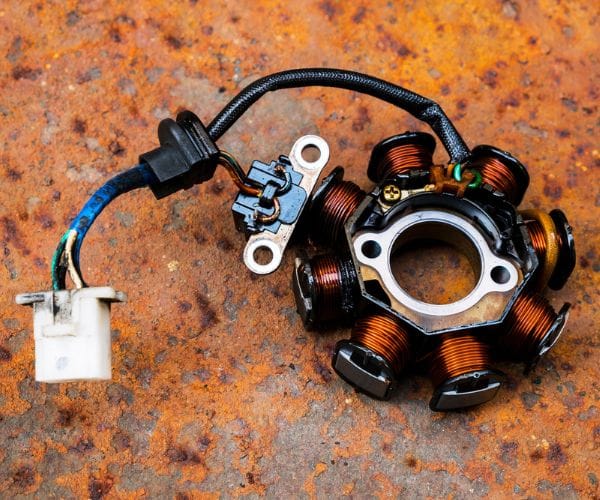
One of the primary components responsible for charging the motorcycle battery is the stator.
If the stator is faulty or damaged, it will not generate enough electrical power to charge the battery. This issue often arises due to wear and tear or a damaged coil.
2. Defective Voltage Regulator
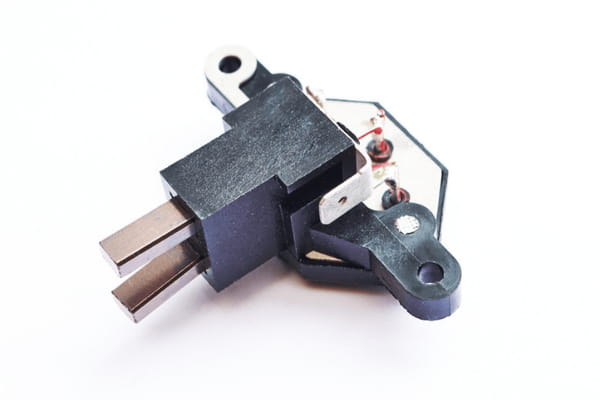
The voltage regulator is responsible for regulating the electrical output from the stator to the battery.
A defective voltage regulator can result in overcharging or undercharging the battery.
Symptoms of a faulty voltage regulator include erratic charging or no charging at all.
3. Broken or Loose Connections

Loose or corroded connections can disrupt the charging process. It is essential to check the battery terminals, wiring harness, and connectors for any signs of damage or looseness.
Clean and secure all connections to ensure a proper electrical flow.
4. Blown Fuse
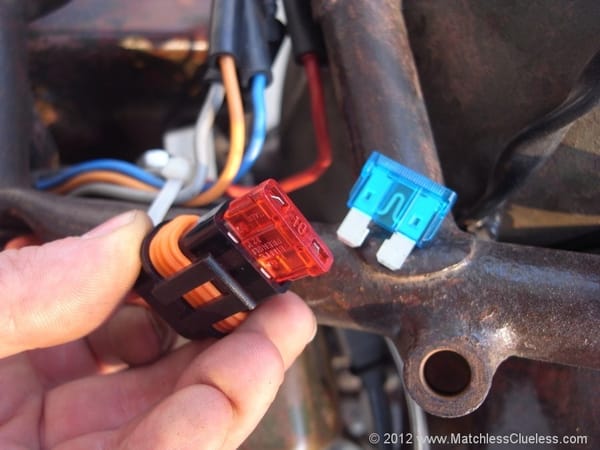
A blown fuse can interrupt the charging circuit and prevent the battery from charging.
Check the motorcycle’s fuse box for any blown fuses related to the charging system.
Replace any blown fuses with the correct rating to restore proper charging functionality.
5. Defective Rectifier
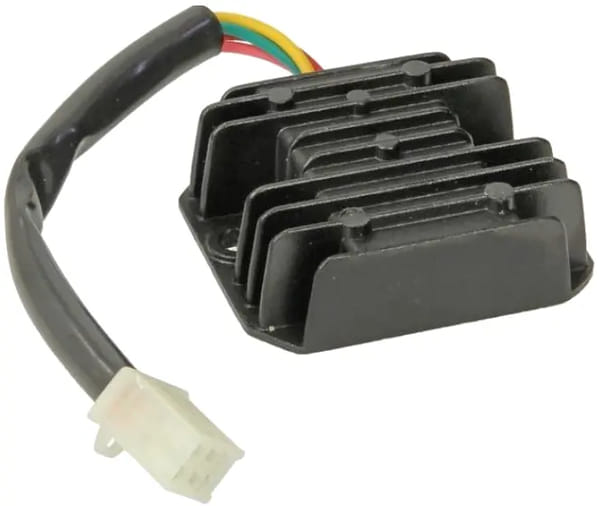
The rectifier converts the alternating current (AC) generated by the stator into direct current (DC) for battery charging.
If the rectifier is faulty, it can disrupt the charging process or cause the battery to overcharge.
Look for signs of overheating or burning on the rectifier and consider replacing it if necessary.
6. Worn Out Alternator
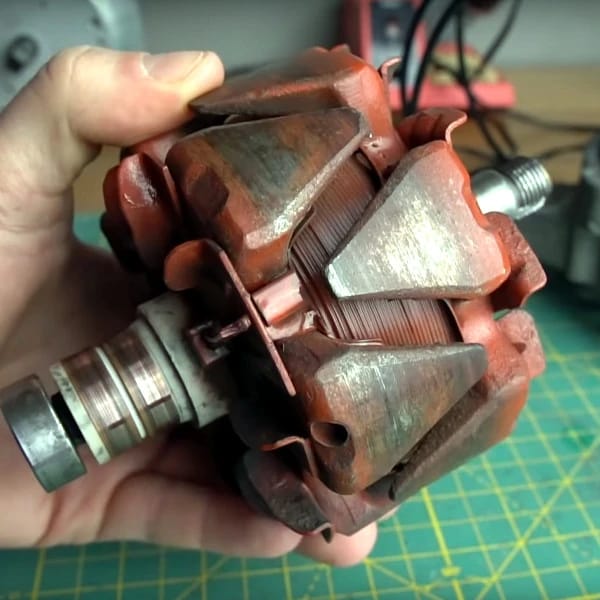
The alternator is responsible for converting mechanical energy into electrical energy.
Over time, the alternator’s components may wear out, resulting in reduced charging efficiency or complete failure.
Inspect the alternator for any signs of wear, such as damaged brushes or a worn-out rotor.
7. Drained Battery Cells
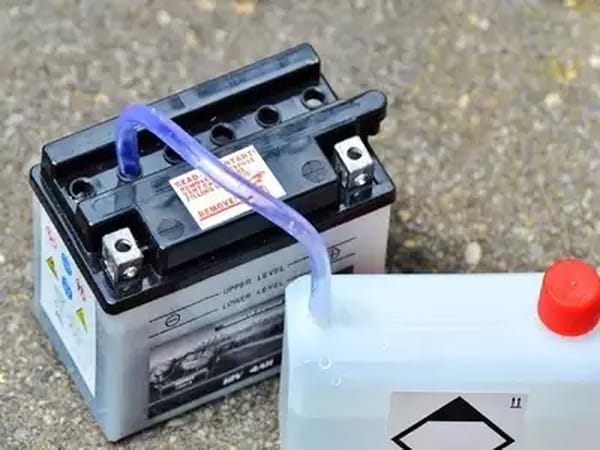
In some cases, the battery itself may be the culprit. If the battery cells are drained or damaged, it will hinder the charging process.
Use a multimeter to check the battery voltage and condition. If the battery is defective, it may require replacement.
8. Parasitic Draw
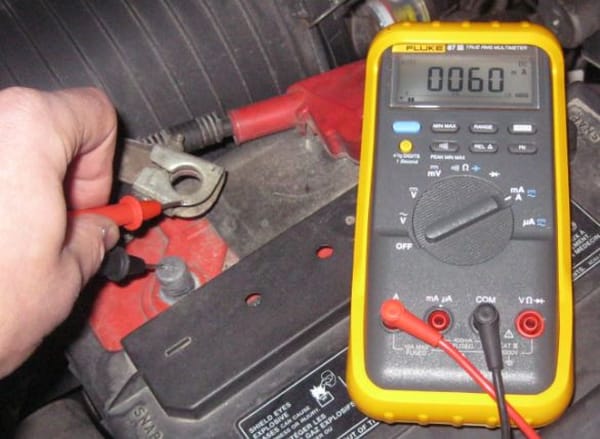
A parasitic draw occurs when an electrical component or system continues to draw power from the battery even when the motorcycle is turned off.
Common culprits include malfunctioning alarms, faulty wiring, or accessories that were not properly installed. Identifying and rectifying the parasitic draw can help restore the battery’s charging ability.
9. Inadequate Riding
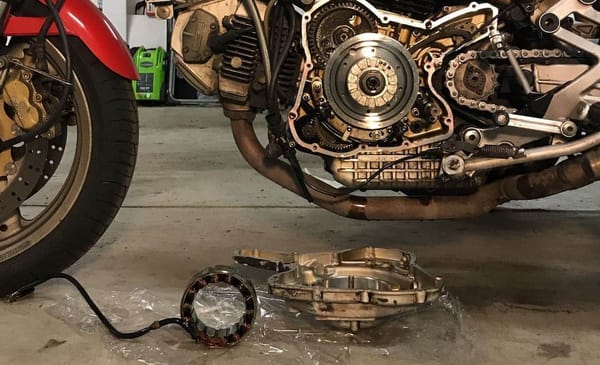
Frequent short rides without giving the motorcycle’s charging system enough time to replenish the battery’s energy can lead to insufficient charging.
Ensure that you take your motorcycle for longer rides periodically to allow the battery to recharge fully.
FAQ
How To Fix Motorcycle Battery Not Charging?
To fix a motorcycle battery not charging:
Check connections for damage or corrosion.
Test the battery’s voltage and replace if low.
Inspect and replace the faulty stator or voltage regulator.
Replace blown fuses.
Test and replace the defective rectifier.
Inspect the alternator for wear and damage.
Address any parasitic draw from electrical components.
Charge the battery using a suitable charger.
Seek professional help if needed.
Regular maintenance and inspections are crucial for a reliable battery.
How Long Does a Motorcycle Battery Last Without Charging?
The lifespan of a motorcycle battery without charging varies, but typically it can last one to three months without any charging.
However, it’s best to keep it on a maintenance charger when not in use for extended periods to maintain its charge and prolong its lifespan.
What Keeps a Motorcycle Battery Charged?
The motorcycle battery is kept charged by the stator, rectifier, and voltage regulator.
The stator generates electricity, the rectifier converts it to the right form, and the voltage regulator controls the charge sent to the battery.
Together, these components maintain the battery’s charge while the engine is running.
A motorcycle battery not charging can be a frustrating issue for riders. By understanding the potential causes, such as a faulty stator, defective voltage regulator, broken connections, blown fuses, or a drained battery, you can troubleshoot and address the problem effectively.
Regular maintenance, proper inspections, and timely replacements will help ensure a reliable and charged battery for your motorcycle adventures.
Remember to consult a professional if you are unsure about any repair procedures.
Originally posted 2023-07-04 10:34:20.
